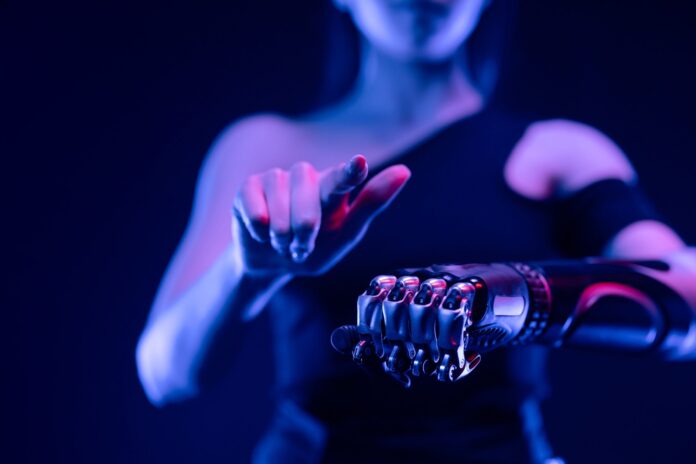Art has always been considered an expression of human creativity and emotion, a way to represent the world around us and convey our thoughts and feelings. However, with the rapid development of artificial intelligence (AI), machines are becoming more and more proficient at performing creative tasks, leading many to wonder whether machines can create art that is on par with human-made art. In this blog post, we will explore the question of whether machines can create art and what implications this might have for the future of the art world.
Firstly, it’s important to understand that AI’s ability to create art is based on machine learning algorithms that can analyze vast amounts of data and recognize patterns, allowing them to generate new images or pieces of music that are similar to what they have learned. This means that machines can produce art that resembles existing styles, but it’s unclear whether they can truly create something new and original.
That being said, AI has already demonstrated its creative potential in a variety of ways. For instance, an AI program called AIVA has composed original music pieces that have been used in commercials, films, and video games. Similarly, an AI system called The Next Rembrandt has used data from Rembrandt’s existing paintings to create a new painting that imitates his style. Additionally, some artists have even used AI algorithms to generate digital art that they then modify or enhance to create a unique final product.
But while AI can create art that mimics human-made art, it’s worth noting that there are some key differences between the two. For instance, human-made art is often imbued with personal experiences, emotions, and cultural context, which can be difficult for a machine to replicate. Furthermore, art is often created as a form of self-expression or social commentary, which requires a level of intention and awareness that machines may not possess.
Another potential concern is that the widespread use of AI in the art world could lead to a loss of authenticity and creativity. If machines are able to generate art that is indistinguishable from human-made art, it could undermine the value and uniqueness of human-made art. Additionally, the reliance on algorithms and data could lead to a homogenization of styles and techniques, reducing the diversity of artistic expression.
However, it’s also possible that the use of AI in the art world could lead to new and exciting forms of creativity. By combining the analytical abilities of machines with human creativity and intentionality, artists could use AI as a tool to enhance their artistic vision and create works that push the boundaries of what is possible.
In conclusion, while machines may be able to create art that resembles human-made art, it’s important to recognize the limitations of AI and the unique qualities that human-made art possesses. The use of AI in the art world could lead to both exciting new forms of creativity and potential drawbacks, so it will be important to carefully consider the role that AI should play in the creation and evaluation of art. Ultimately, it will be up to artists and society as a whole to determine how to balance the benefits and risks of using AI in the art world.





